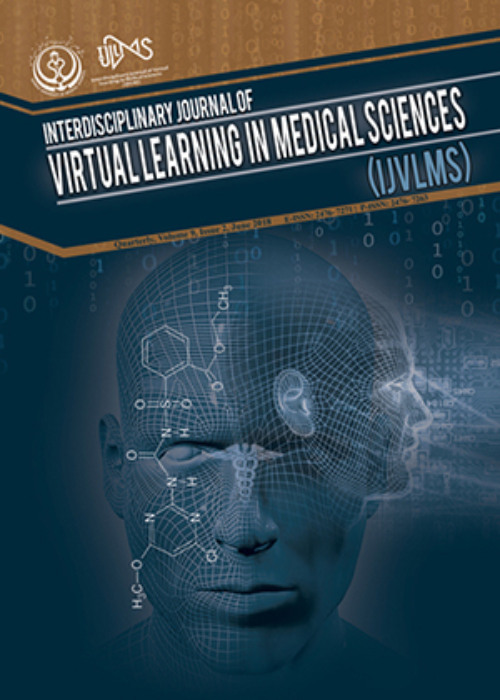Designing Quality E-Learning Environments for Emergency Remote Teaching in Coronavirus Crisis
According to UNESCO statistics (1), more than 1.5 billion children and youth in 188 countries around the globe have to stay home due to the closure of schools and higher education institutions following the Coronavirus outbreak. Many countries have shifted from traditional face-to-face methods to e-Learning in the light of the new states of emergency. Humans have the right to continue education in times of crisis, disaster, and violence. This is based on the assumption that each student is treated with equity and has access to education, which is not quite in consistence with the reality on the ground, especially in developing countries. Many countries have long used e-learning in emergency situations, including Palestine, Syria, Afghanistan, and South of Africa (2-4). Emergency Remote Teaching (ERT) is not usually planned in advance and involves a sudden shift from traditional teaching into a remote one in view of emergency situations like the outbreak of Coronavirus in different countries. This is a totally different situation compared to e-Learning in normal circumstances. After an emergency state, everything is supposed to go back to normalcy. Moreover, educators have to work in a highly stressful situation while having no knowledge of the end of the crisis. Nevertheless, after the Coronavirus crisis e-Learning will be in an entirely different state, especially in developing countries. Education leaders and policy makers in both public and higher education need to learn new lessons about education in crisis to develop their e-Learning systems. Due to unplanned nature of e-Learning in crisis situations, students, parents, teachers and faculty members may confront many obstacles in accommodating and embracing e-Learning in ERT. For instance, in most cases students complain about the inequality in education and the difficulties in gaining access to educational resources, while faculties complain about students' engagement in ERT environment.
- حق عضویت دریافتی صرف حمایت از نشریات عضو و نگهداری، تکمیل و توسعه مگیران میشود.
- پرداخت حق اشتراک و دانلود مقالات اجازه بازنشر آن در سایر رسانههای چاپی و دیجیتال را به کاربر نمیدهد.


